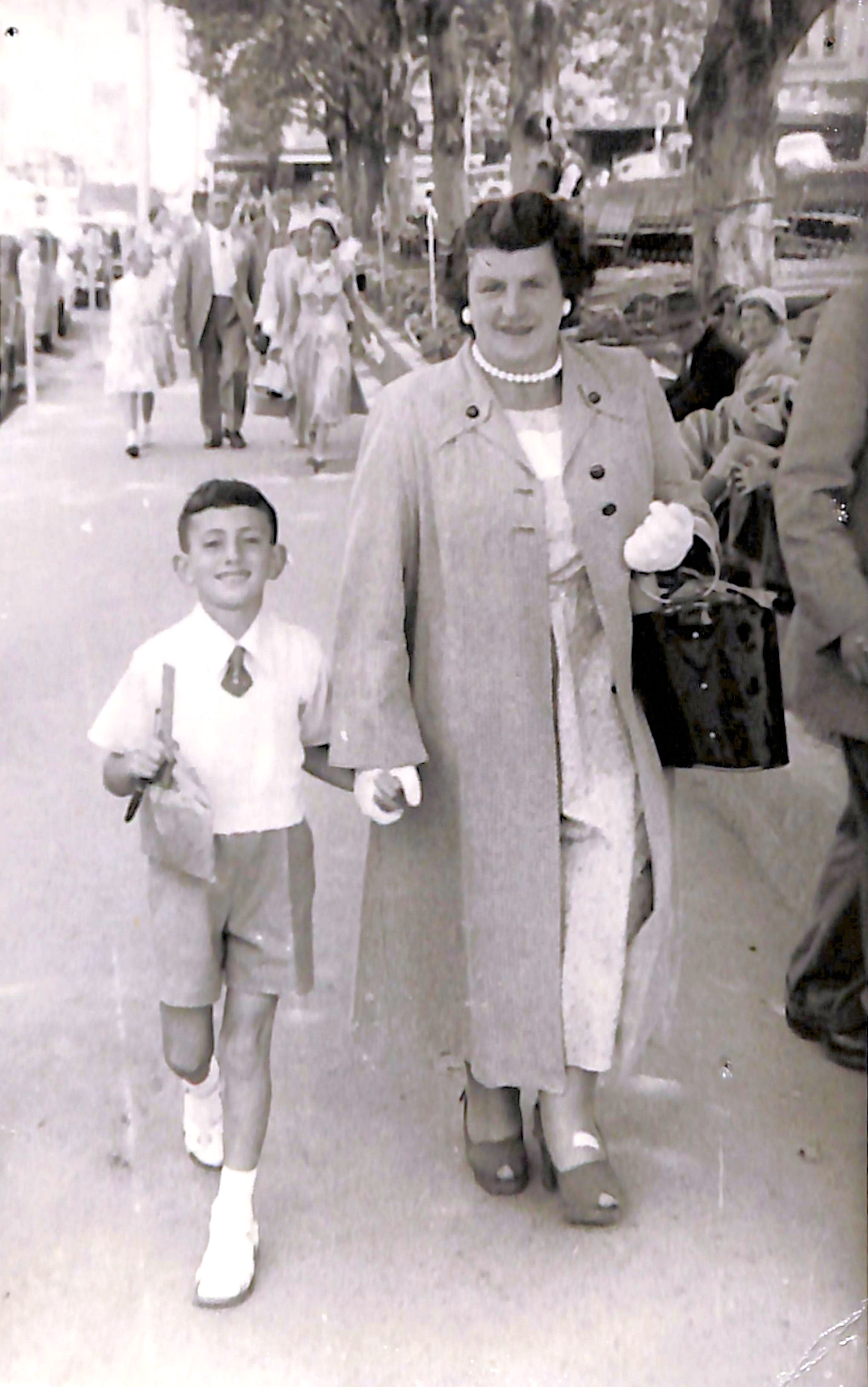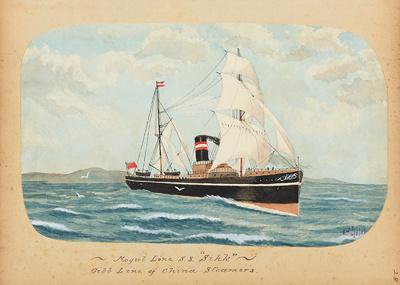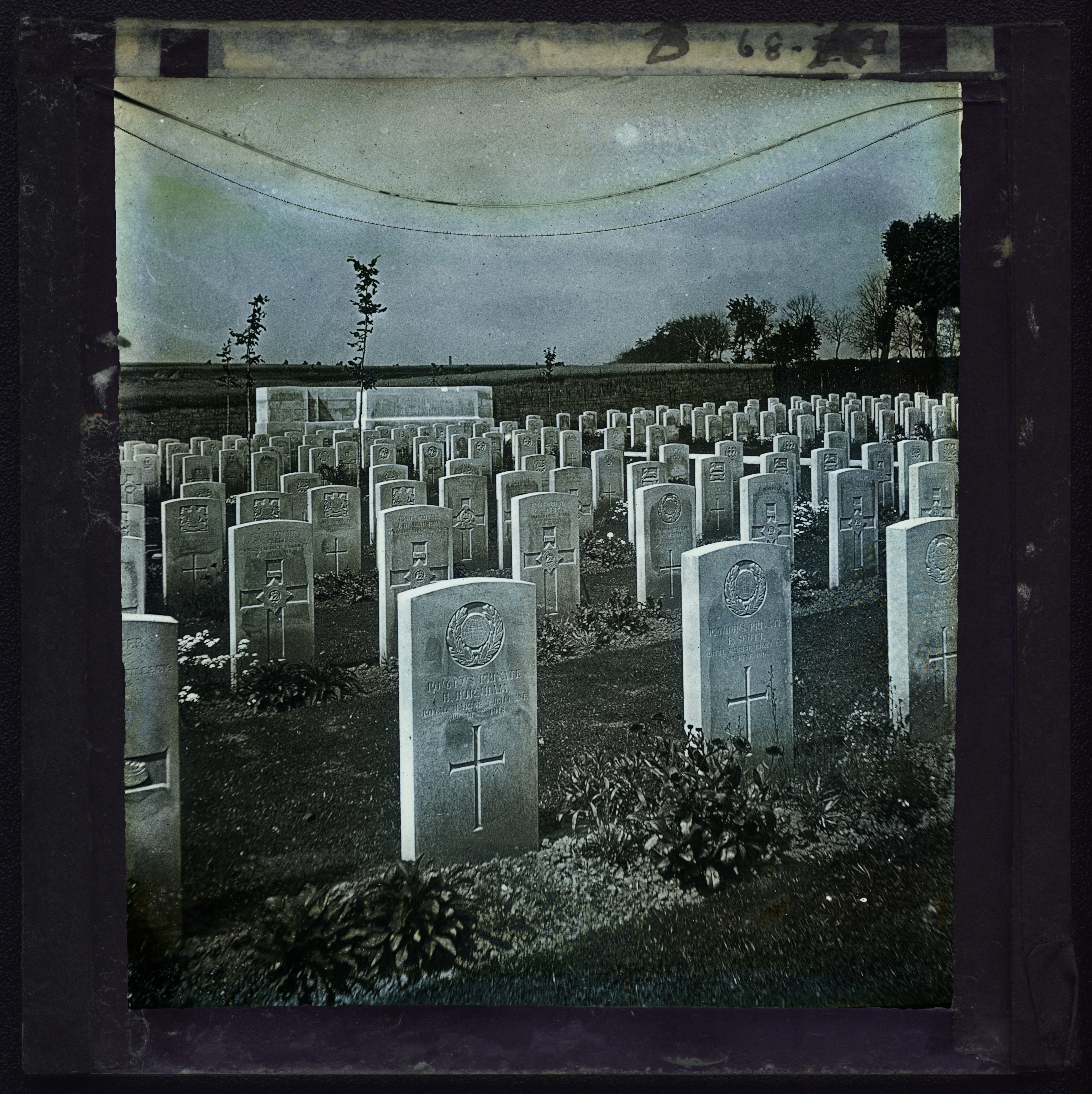New content partners
Posted on 22 May 2019 by Thomasin
It’s always exciting to add new content partners to the DigitalNZ whānau and we’ve been working with some wonderful institutions recently to make their collections discoverable on our site.
National Army Museum
The National Army Museum in Waiouru has an extensive collection of personal photo albums of NZ soldiers in World War I which they've been working to make available online. This collection uncovers the personal side of war and reveals the intimate perspectives of individual soldiers and their experience of conflict, friendship, trauma, and adventure. Browse the collection of over 13,000 photographs here.

Egypt, Gallipoli and Western Front from the National Army Museum.
Dunedin Public Libraries
Dunedin Public Libraries’ Recollect collection has an interesting history: in 2015 Dunedin's Lebanese community donated a generous gift to establish a digitisation centre at the central library. The Libraries’ “Scattered Seeds” online collection is a result of this work and brings together a wide variety of photography and ephemera from Ōtepoti’s history. Browse this collection on DigitalNZ here.

School holiday treat from Dunedin Public Libraries.
New Zealand Maritime Museum
The New Zealand Maritime Museum’s Ehive collection includes objects and photographs from Aotearoa’s oceanic history, including octants, model ships, compasses, and clocks. There’s also an extensive set of photographs about the history of Queen’s Wharf in Auckland—have a browse here.

Mogul Line S.S. SIHK (sic) Gibb Line of China Steamers from the New Zealand Maritime Museum.
University of Canterbury
And finally, the University of Canterbury’s Department of Art History and Theory recently undertook a World War I-related digitisation project, using the Omeka platform, to make part of their lantern slide collection available online. These digitised slides, of WWI memorial sites in Europe designed by Samuel Hurst Seager, show not only the images but also the back and sides of the slides, giving a wonderful tactile sense of the objects in their entirety.

Forceville Cemetery from University of Canterbury.
We've turned off comments here, but we'd still love to know your thoughts. Visit us on our Facebook Page @digitalnz or on Twitter @DigitalNZ to share any ideas or musings with the DigitalNZ team.